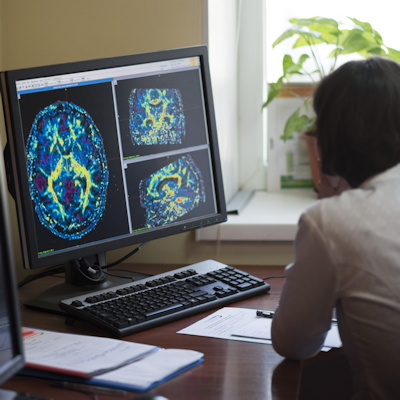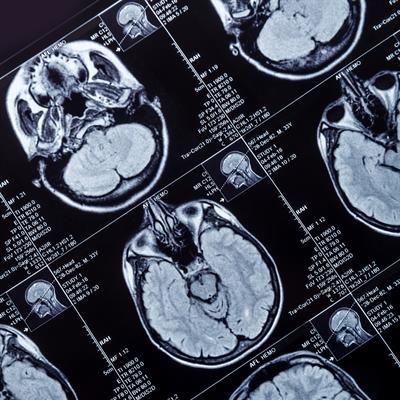October 10, 2022 -- Researchers have identified the mechanisms that mean people with a single nucleotide polymorphism (SNP) have an increased risk of a subtype of brain tumors.
A body of evidence dating back at least a decade shows that the presence of rs55705857, a germline alteration, correlates to increased risk of a certain cancer. The research suggests that people with the change in their DNA have a sixfold greater risk of isocitrate dehydrogenase (IDH)-mutant low-grade glioma (LGG), a type of brain tumor.
However, while the studies had correlated rs55705857 to IDH-mutant LGG, the mechanism by which the germline alteration drove the increased risk of cancer was unclear, as Dr. Robert Jenkins, PhD, a genetics researcher at Mayo Clinic in Rochester, explained in a statement.
"While we understand much of the biologic function of germline alterations within genes that code for proteins, we know very little about the biologic function of germline alterations outside of genes that code for proteins. In some way, these germline alterations interact with other mutations in cells to accelerate tumor formation," Jenkins said.
Working with collaborators at Lunenfeld-Tannenbaum Research Institute at Mount Sinai Hospital in Toronto and Mayo Clinic Comprehensive Cancer Center and Mayo Clinic Center for Individualized Medicine, Jenkins sought to understand the mechanistic link between rs55705857 and IDH-mutant LGG. Details of the study were published October 6 in the journal Science.
To understand the mechanistic link, the researchers analyzed the gene locus where the SNP is located and created animal models designed to enable the confirmation of the pathogenic effects of the change in the DNA. The work showed that rs55705857 resides within a brain-specific enhancer. The risk allele allows increased expression of Myc, a proto-oncogene. Most glioblastomas have elevated Myc levels.
Using an Idh1R132H-driven LGG mouse model, the researchers showed that the SNP accelerated tumor development from 472 days to 172 days. The mutation also increased penetrance from 30% to 75%. Daniel Schramek, PhD, a researcher at Lunenfeld-Tannenbaum Research Institute and co-lead author of the paper, expressed surprise at the extent to which rs55705857 accelerated tumor development.
The discovery of the mechanistic link between the SNP and the development of the brain tumor, plus the evidence of the extent to which the DNA change affects cancer growth, points to potential ways to treat the disease.
"Based on this new understanding of its mechanism of action, future research may lead to novel and specific therapies that target the rs55705857 alteration," Jenkins, the co-lead author of the paper, said.
Copyright © 2022 scienceboard.net









